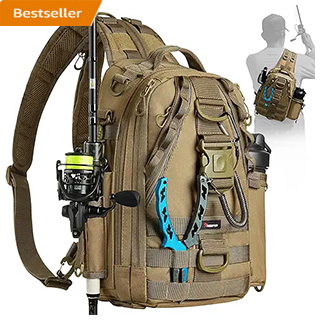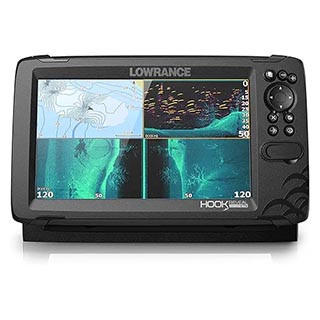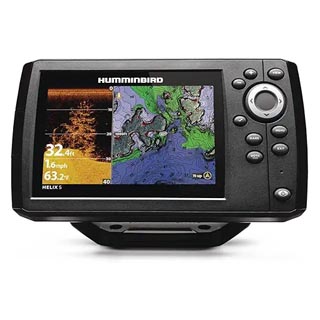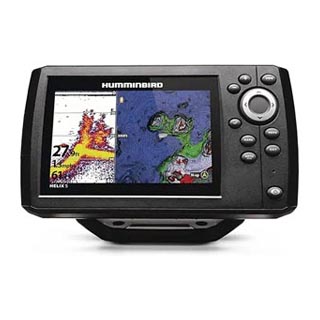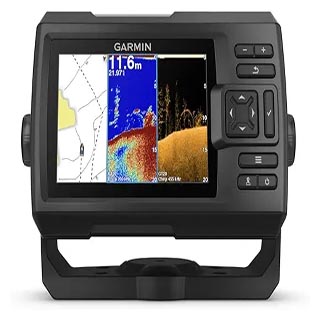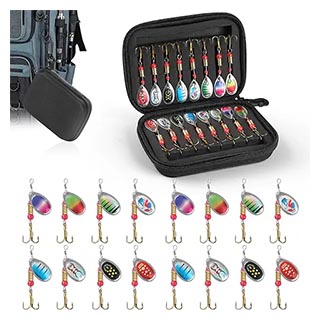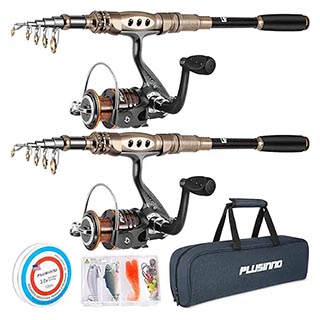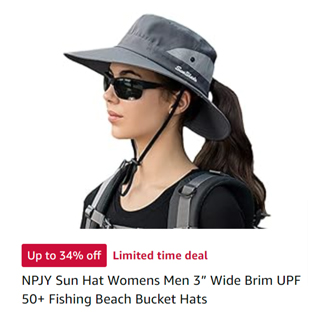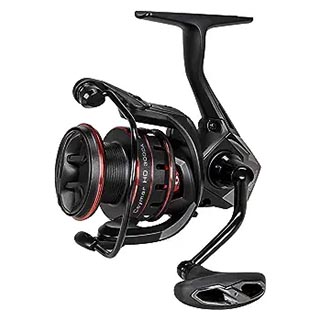Not Just Fishing
Fishing Articles and Information

Fly Fishing 101
By Christine Beals
Fly fishing is an ancient angling method in which artificial flies are tied onto a hook to imitate naturally occurring food. 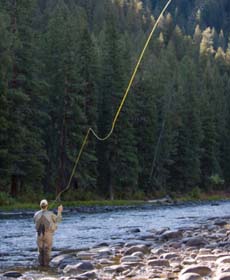
These artificial flies are made out of materials such as fur and feather. Rods are generally light while the lines are heavy in weight, providing the proper weight and momentum for casting. Because of the ease of learning, fly fishing has become an enjoyable past time for many people of all ages.
Fly fishing is most renowned as a method for catching salmon and trout, but is also known for catching pike, panfish, bass and carp
as well. Fly fishing can also be used to catch marine species such as: snook, bonefish, striped bass and redfish.
There are also reports
of fly fisherman unexpectantly catching species such as bream, rudd and chub while intending to catch trout. For the fisherman who
is hoping to catch a variety of tasty species, fly fishing may be the best method.
If you are new to the sport of fly fishing, you may want to study up on the best ways to enjoy this exciting activity. Luckily there are many websites, television shows, and books all geared to help obtain helpful fly fishing tips. Of course one of the easiest ways to gather information is to find a fly fishing partner who has some season fly fishing experience.
Many find having a mentor to be
helpful as well. It's extremely helpful to tag along on a fishing trip with an experienced fly fisherman. This way it is easy to notice
and absorb some of the methods they employ on a regular basis. Unfortunatley this is not an option for everyone so again, check your
local video stores or world wide web for more information.
When starting your fly fishing event experts agree you must first determine the environment you will be fishing in. This is important to do even before you begin to gather your equipment. Some people prefer salt water fly fishing over the other options, such as fresh
water.
There are a plethora of places all over the United States where you can go fly fishing in streams and rivers, which are freshwater
flowing environments. There is also the option of fly fishing in ponds and lakes, which still provide flowing water movements and environments.
The next thing to think about before setting out on your fly fishing extravaganza is the proper equipment that will be needed for success. Without the proper equipment you will be unable to properly cast those flies. The proper equipment consists of four parts: a fly fishing pole, line, reel, and of course - the fly. Experts also agree it is important to pack extra supplies because often times a fisherman will break one or more of the components needed to fly fish.
The next hurdle to cross is casting. Casting methods often vary and change depending on the environment in which you are fishing. For instance, saltwater fly fishing often forces the angler to cast further than in freshwater by sheer necessity alone. Another example
is fishing in an ocean environment. In order to put your line way beyond the shadow of the space you are occupying you need to cast
your line very far away. In a case like this, longer casts will be needed.
Saltwater fly fishing rods are generally longer than their
freshwater brothers. Shorter casts are in turn made with shorter rods. These rods are useful for fishing in freshwater bodies of water
such as: streams, rivers, ponds and lakes.
The type of cast used when fishing varies according to the conditions you are fishing in. The most common cast is the forward cast, where the angler whisks the fly into the air, back over the shoulder until the line is nearly straight, then forward, using primarily
the forearm. The objective of this motion is to "load" the rod tip with stored energy, then transmit that energy to the line, resulting
in the fly line being cast for an appreciable distance.
Casting without landing the fly on the water is known as 'false casting', and
may be used to pay out line, to dry a soaked fly, or to reposition a cast. Other casts are the roll cast, the single- or double-haul,
the tuck cast, and the side- or curve-cast.
Dropping the fly onto the water and its subsequent movement on or beneath the surface is one of fly fishing's most difficult aspects according to experts. In short, the angler is attempting to cast in such a delicate way that the line lands smoothly on the water and
the fly appears as natural as possible - a difficult task for many.
At a certain point, if a fish does not strike, depending upon the
action of the fly in the wind or current, the angler picks up the line to make another presentation - all the while keeping trying
to keep their moves very delicate. When fly fishing it is extremely important to remember patience and fluid line movement.
On the other hand of being patient is getting that so desired catch. If a fish strikes, the angler pulls in their fly fishing line
while raising the rod tip. This "sets" the hook in the tasty fishs mouth.
The fish is played either by hand, where the angler continues
to hold the fly line in one hand to control the tension applied to the fish, or by reeling up the slack in the line and then using
the hand to act as a controlling drag on the reel. Some fly reels have an adjustable, mechanical drag system to control line tension
during a fishs run which comes in very handy to inexperienced and seasoned fly fisherman.
Of course, no amount of reading online can really teach you what you need to know for a fly fishing extravaganza. In fact many experts
agree that nothing can replace professional, qualified instruction. Since this method is often pricy many feel they benefit from chartered
fishing trips geared toward beginners or by learning from example of seasoned fly fisherman.
Luckily many agree that if you find an
experienced fly fisherman, more than likely they'll love to take you under their wing - or fishing pole in this case.
Christine Beals is a professional writer who provides fly fishing tips for Fly Fishing Dish - a blog from the Go! Blog Network.
Fishing Article Of Interest: Tips For The Fly Fishing Beginners